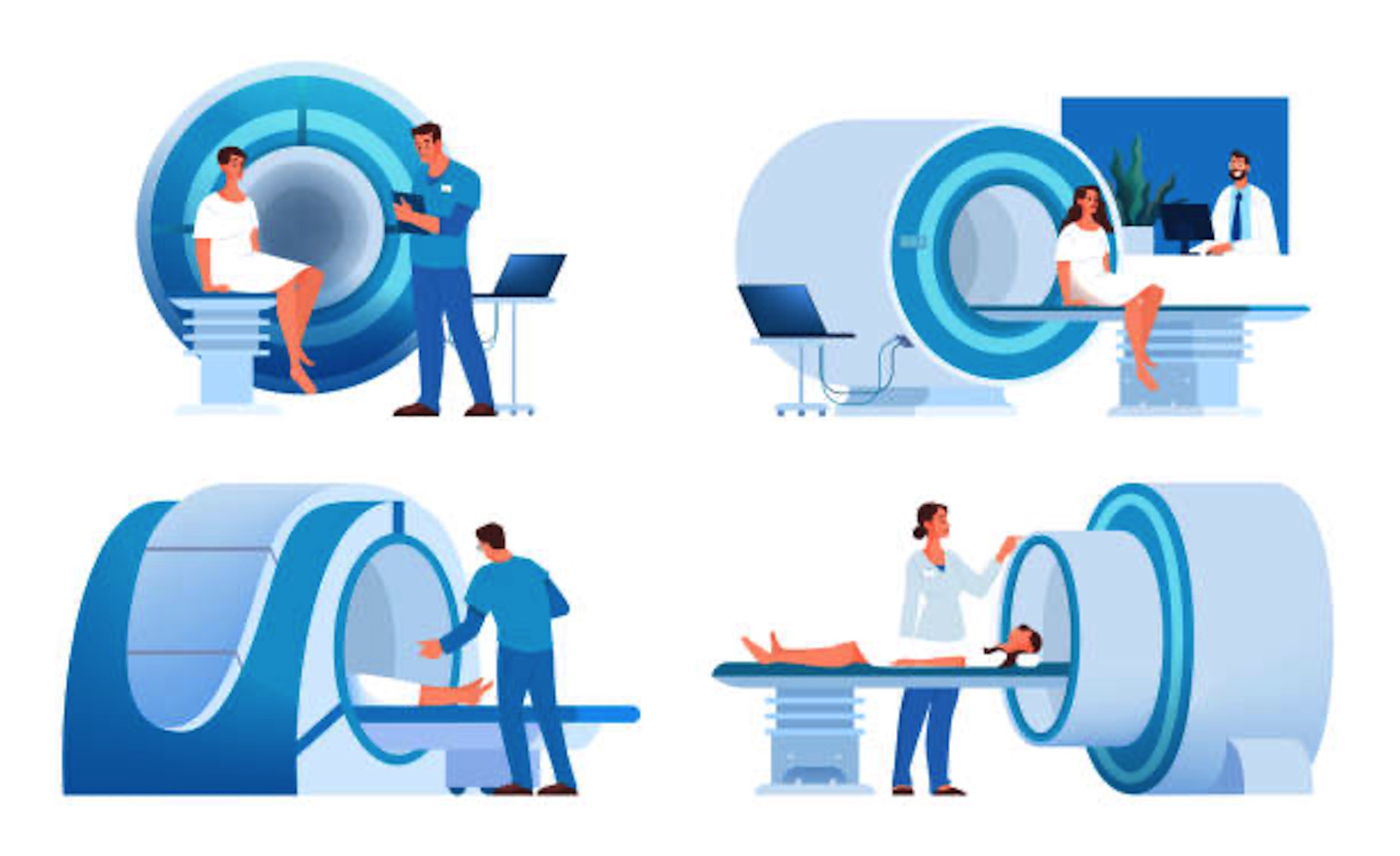Patient Experience and Safety in Nuclear Medicine: Striking the Balance
Introduction
Nuclear medicine is a pivotal diagnostic and treatment modality that employs radioactive substances. While it provides valuable medical information, concerns about patient experience and safety invariably arise. The key is to strike a balance between obtaining accurate diagnostic or therapeutic outcomes and ensuring the safety and comfort of the patient.
Informed Consent
Prior to any procedure, thorough patient education and informed consent are essential. Patients should understand the benefits, risks, and alternatives. This not only promotes safety but also elevates the patient experience by setting realistic expectations.
Radiation Safety
Radiation exposure remains a primary concern. Adhering to the ALARA (As Low As Reasonably Achieable) principle, protocols are adjusted according to the patient’s need. Minimizing dosage without compromising diagnostic efficacy is a core safety objective.
Comfort and Accessibility
Many nuclear medicine procedures require patients to lie still for extended periods. Ergonomically designed equipment can make a significant difference in the patient experience. Additionally, proper communication throughout the procedure can alleviate anxiety, enhancing overall comfort.
Quality Control
Routine checks on equipment, adherence to safety guidelines, and continuous staff training are non-negotiable aspects. Quality control procedures work in tandem with safety protocols to provide an environment where risks are minimal.
Follow-Up Care
After a procedure, it’s crucial to provide patients with guidelines on post-exposure safety, especially when interacting with vulnerable populations like children and pregnant women. Well-structured follow-up care can also gauge the success of the treatment and catch any complications early.
Conclusion
Balancing patient experience and safety in nuclear medicine is an ongoing process that involves informed consent, radiation safety measures, equipment quality, and effective follow-up. Through a holistic approach that respects both the technological capabilities and human elements, healthcare providers can offer both safe and patient-centered care.
By prioritizing these elements, nuclear medicine not only meets the medical needs of the patient but also respects their overall well-being and peace of mind.

